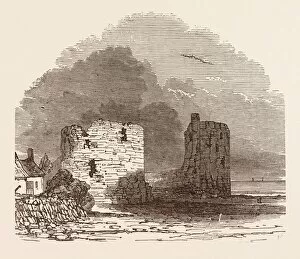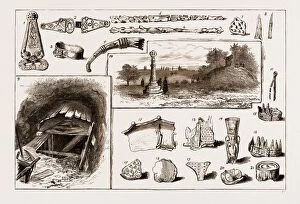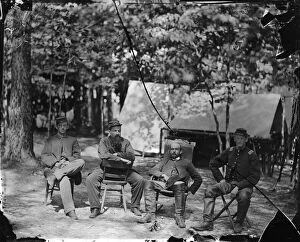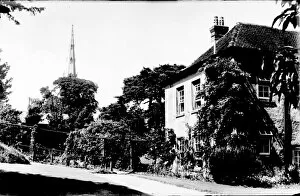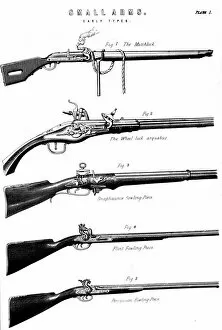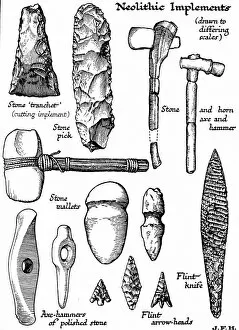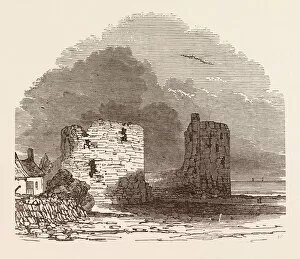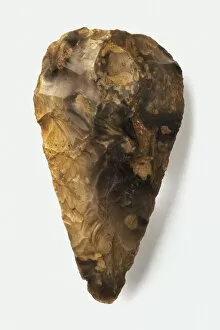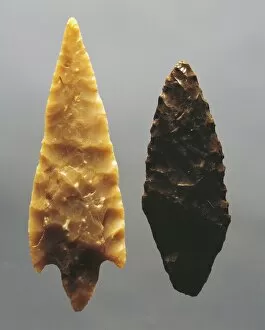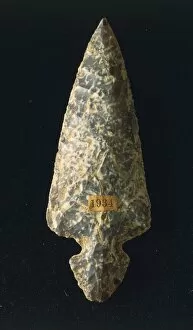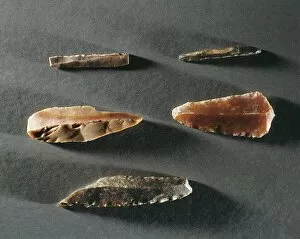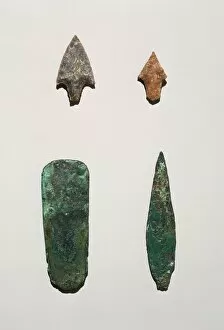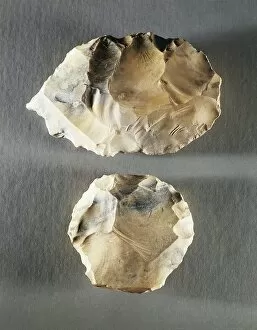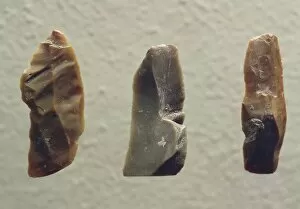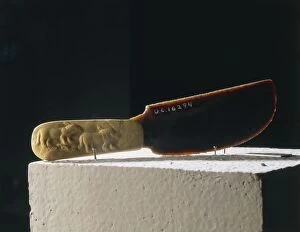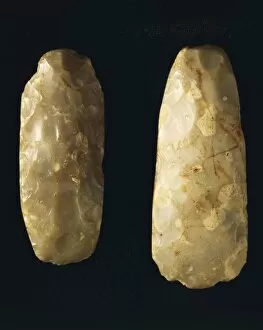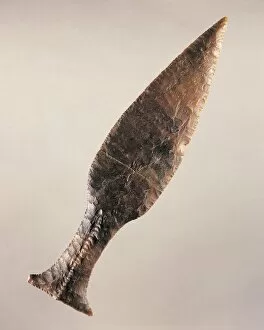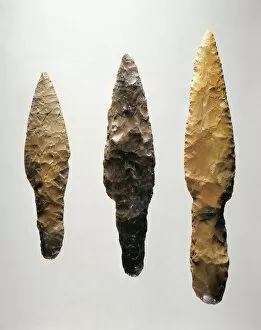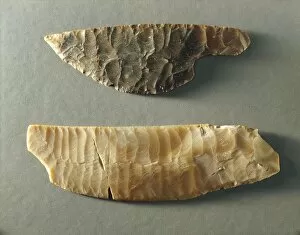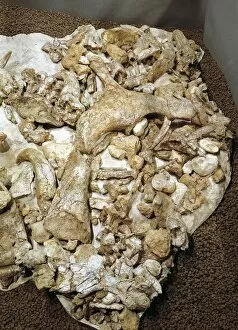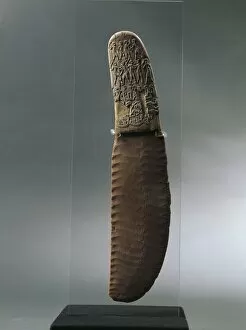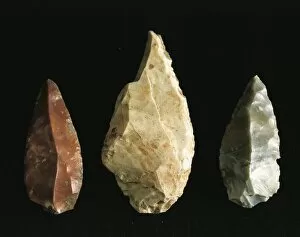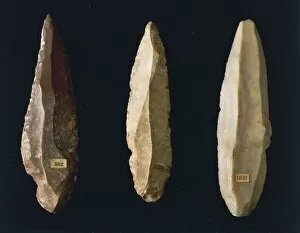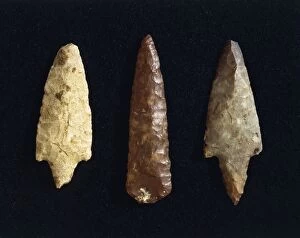Flint Collection (page 7)
Flint, a timeless material that has shaped history and art in various forms
For sale as Licensed Images
Choose your image, Select your licence and Download the media
Flint, a timeless material that has shaped history and art in various forms. From knapped flint tools to trench art lighters used during World War 1, its versatility knows no bounds. The oval trench art lighter from the same era showcases the ingenuity of soldiers amidst chaos. In the quaint town of Winchelsea, Sussex, flint structures stand as a testament to its durability and charm since the 1950s. The Flint Knapper, an artisan mastering this ancient craft, breathes life into stone with every strike. Turner's masterpiece "Flint Castle" captures the ethereal beauty of sunset in Wales. His oil on canvas painting transports us to a bygone era where castles stood tall against time's relentless tide. The Church of St Michael & All Angels in Brantham boasts intricate flintwork that mesmerizes visitors with its architectural marvels. Verulamium in St Albans reveals glimpses of Roman civilization through remnants of their advanced use tools. An Acheulian flint hand-axe discovered in Wolvercote, Oxfordshire takes us back thousands of years when prehistoric man skillfully crafted tools and weapons from this precious resource. Wood engravings from the 19th century depict scenes where our ancestors harnessed nature's gift for survival. A glass prism refracting a vibrant spectrum reminds us how even light bends before it reaches our eyes - just like how we bend reality using flints' potential. And who can forget the iconic image of a Flint hand-axe C013 / 6640? Its sharp edges symbolize mankind's ability to shape their environment while leaving lasting imprints on history. Flint is not merely a rock; it is an embodiment of human creativity and resilience throughout centuries past and present. It continues to inspire artists, archaeologists, historians alike - reminding us that even within seemingly ordinary objects lies extraordinary stories waiting to be discovered.


